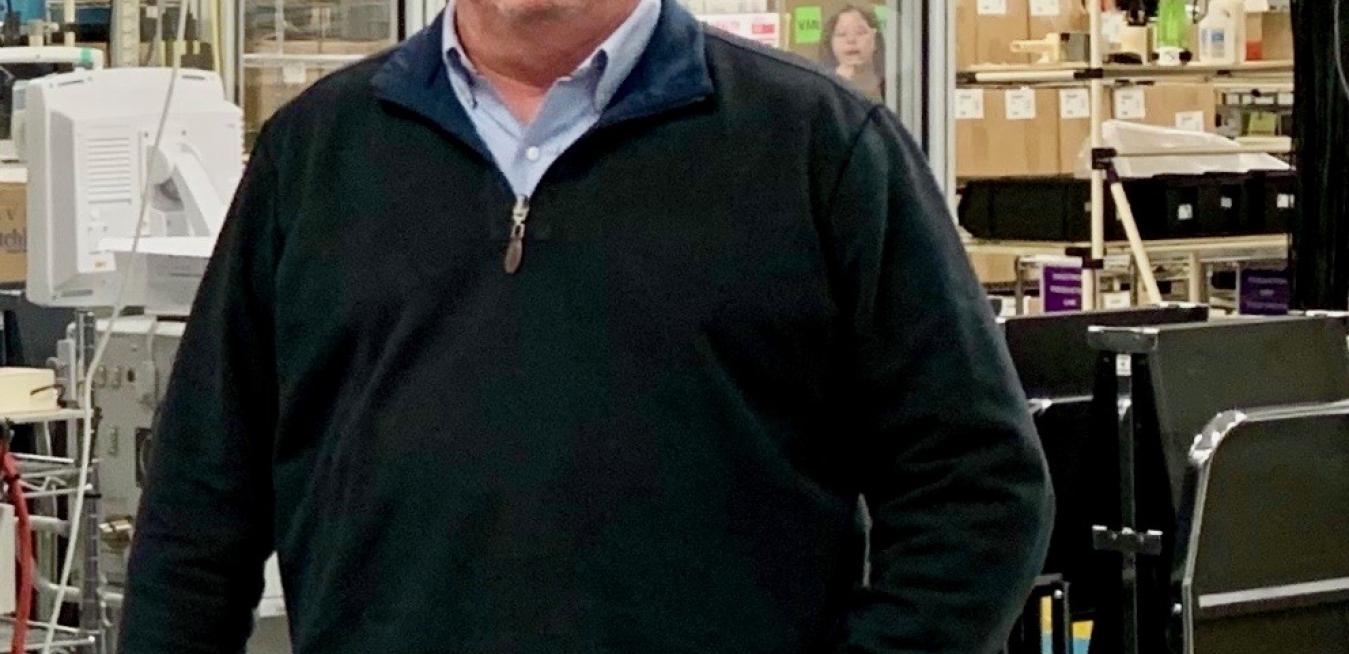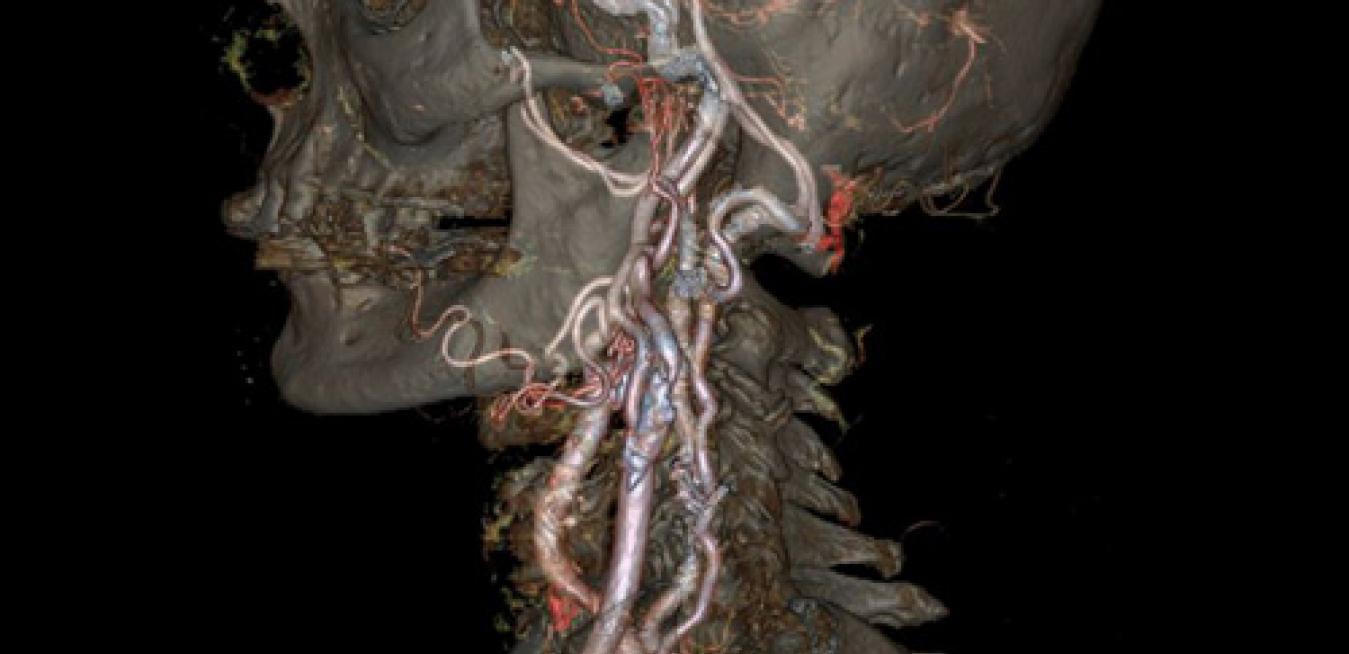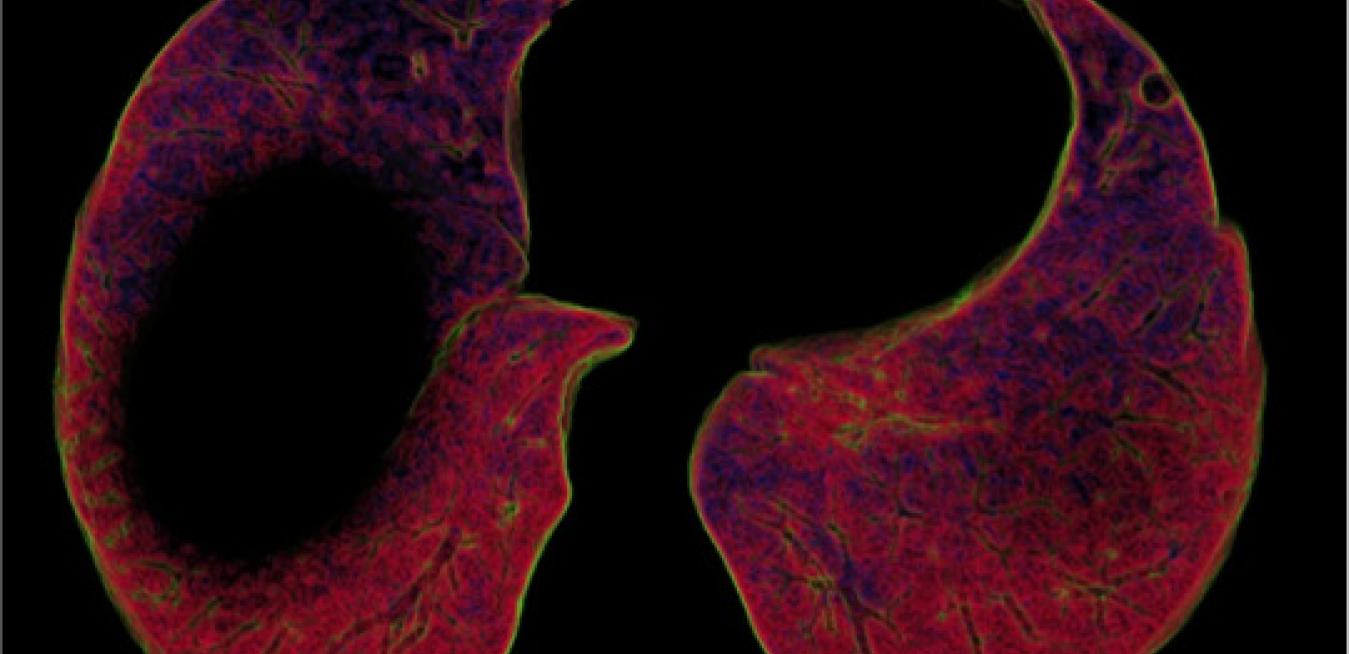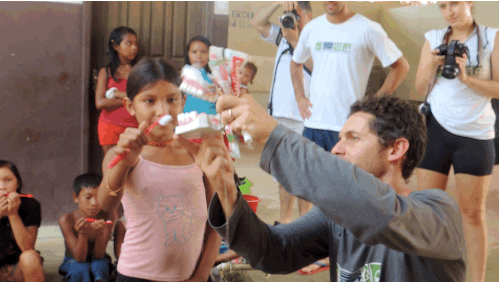But few can top photographer Todd McLellan and Ryan D’Agostino, editor-in-chief of Popular Mechanics. They get to the bottom of big and complicated things on a monthly basis.
Our DNA, the double-stranded helix responsible for heredity, contains 3 billion letters that dictate everything from hair and skin color to blood type. In fact, DNA is the most important identity document we will ever carry. Besides random mutations and damage, it doesn’t change from the day we’re born.














